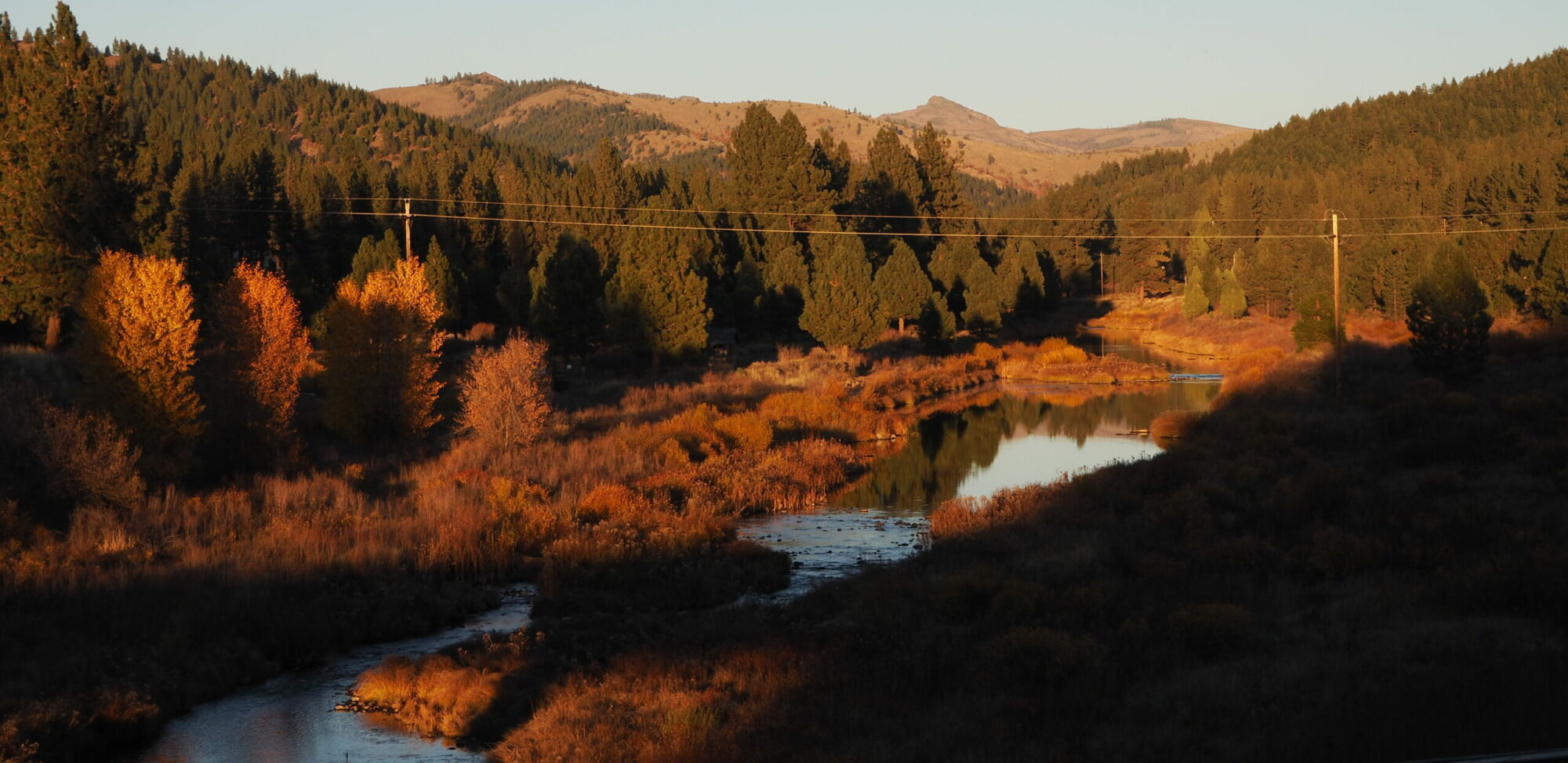We’re Suing the U.S. Forest Service over Unprecedented Plumas Forest Logging Plan that would INCREASE Wildfire Vulnerability
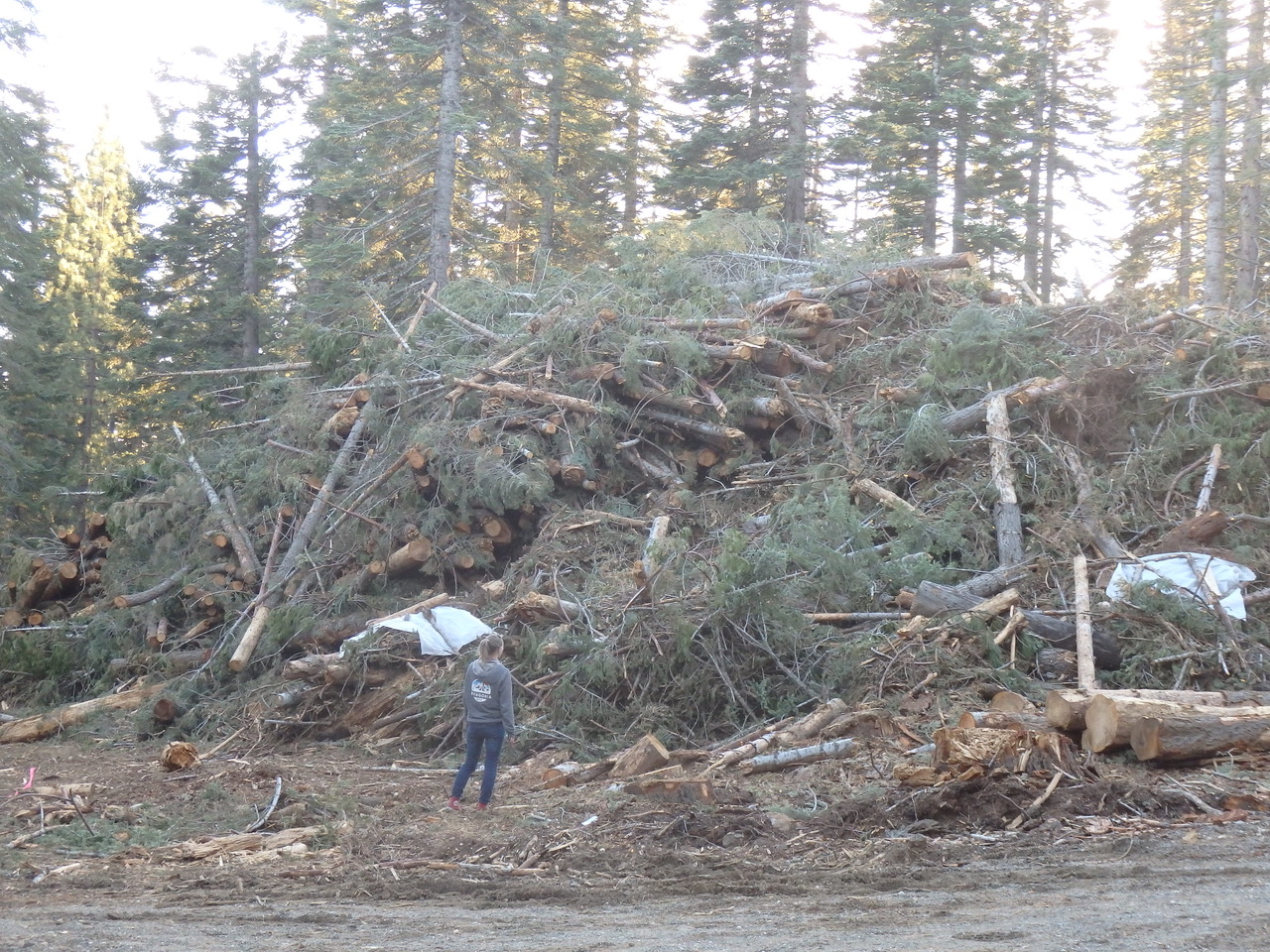 $650 Million “Community Protection Project” (CPP) Would Destroy Mature Forest, Emit Six Million Tons of Carbon, Apply $30m+ Herbicides, Opposed by Growing Coalition
$650 Million “Community Protection Project” (CPP) Would Destroy Mature Forest, Emit Six Million Tons of Carbon, Apply $30m+ Herbicides, Opposed by Growing Coalition
OFFICIAL US FOREST DOCUMENTS FOR THIS PROJECT CAN BE DOWNLOADED HERE. DOWNLOAD TEXT OF LAWSUIT HERE. DONATE TO SUPPORT OUR EFFORTS HERE.
SACRAMENTO, CA— A coalition of community groups has filed suit in federal court over the failure of the U.S. Forest Service (USFS) to prepare an Environmental Impact Statement (EIS) before unleashing industrial logging, herbicide application and burning on 217,721 acres of the Plumas National Forest, including 133,321 acres of mature forest habitat. Plaintiffs call the project “a misguided and counterproductive response to climate driven wildfires.” The project is planned to begin this spring in the La Porte, Graeagle, and Portola areas.
Recent intense wildfires in the west have been found to be very likely a direct result of the climate crisis, caused partly by deforestation, which the USFS now wants to significantly ramp up. Plaintiffs John Muir Project, Feather River Action! and Plumas Forest Project are represented by Deborah Sivas and law students, of the Stanford Environmental Law Clinic. The plaintiffs say the plan would harm the environment and public safety, and that the USFS has refused to hold public meetings on the plan or provide signed opinions from qualified biological experts, despite multiple requests.
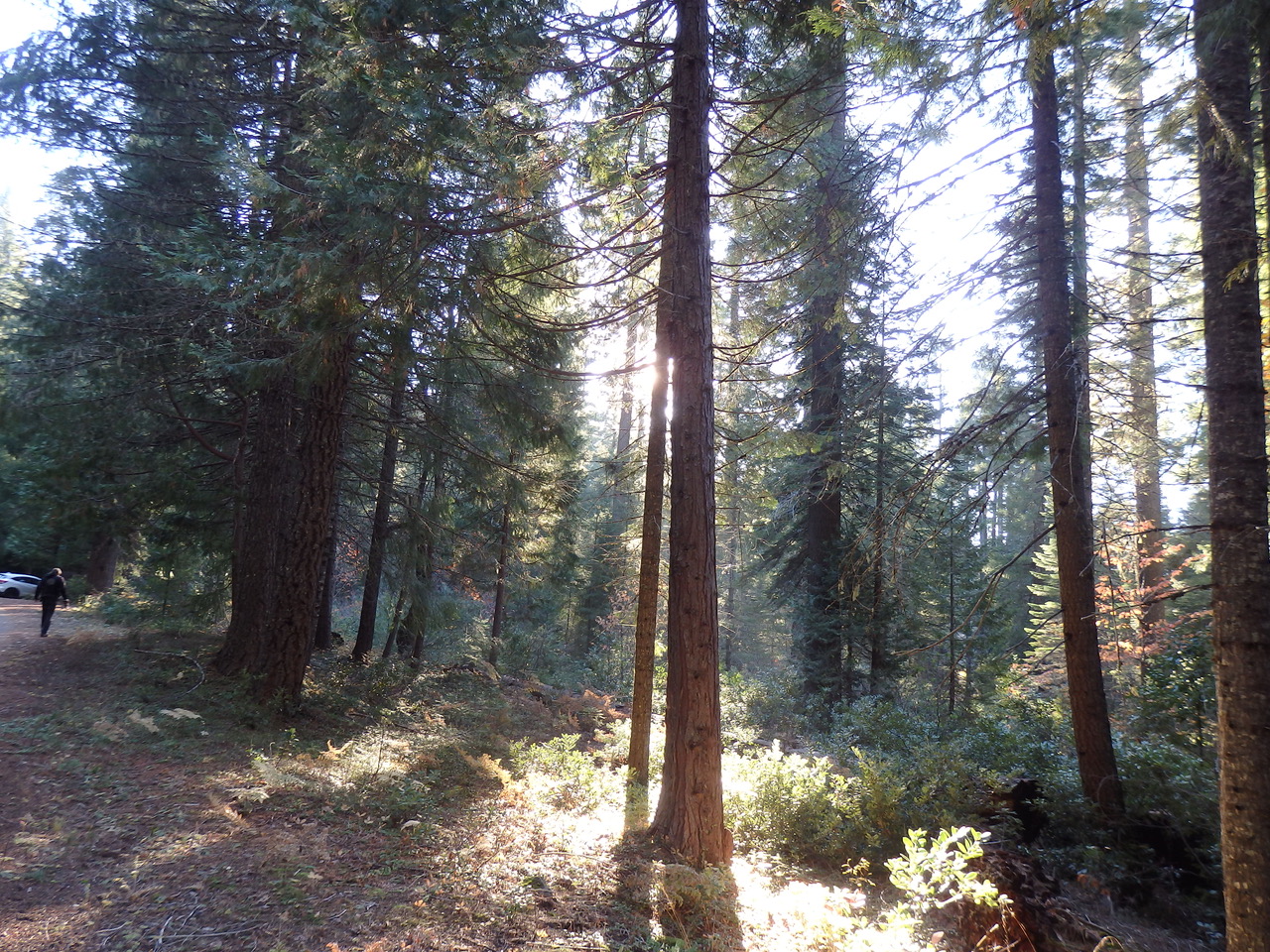
Old-growth forests, which quite recently covered large parts of the continent, have been mostly eliminated by logging, and remaining older forests in the Sierra Nevada Mountains are crucial to protect biodiversity, and to absorb and store carbon. President Biden signed Executive Order 14072 on April 22nd, 2022 which pledged to “conserve America’s mature and old-growth forests on Federal lands.” Rather than adhere to these publicly stated policies, in May 2022 (less than a month later) the USFS announced a series of massive and unprecedented logging projects on the Plumas National Forest, much in mature and old-growth habitat.
The plaintiff groups say that less environmentally destructive, less expensive, and truly effective alternatives exist to reduce wildfire risks, and that the USFS repeatedly refused to consider these options. These include evacuation planning, structure hardening and defensible space, such as hand thinning within 200 feet of homes. Research has found that vegetation management and thinning beyond this distance is irrelevant to structure survival and can increase wildfire spread.
“The Forest Service’s approach here—logging vast areas of remote forests and telling the community that the “thinned” forests would act as a “firebreak”—is the same one that led to the destruction of numerous towns in the northern Sierra Nevada recently, including Paradise, Greenville, Grizzly Flats, and many others” [1] said Chad Hanson, wildfire scientist with the John Muir Project and author of Smokescreen: Debunking Wildfire Myths to Save our Forests and Climate. John Preschutti, of plaintiff group Plumas Forest Project, lost his family home in the Camp fire, and members of the plaintiff groups reside in the wildland urban interface (WUI).
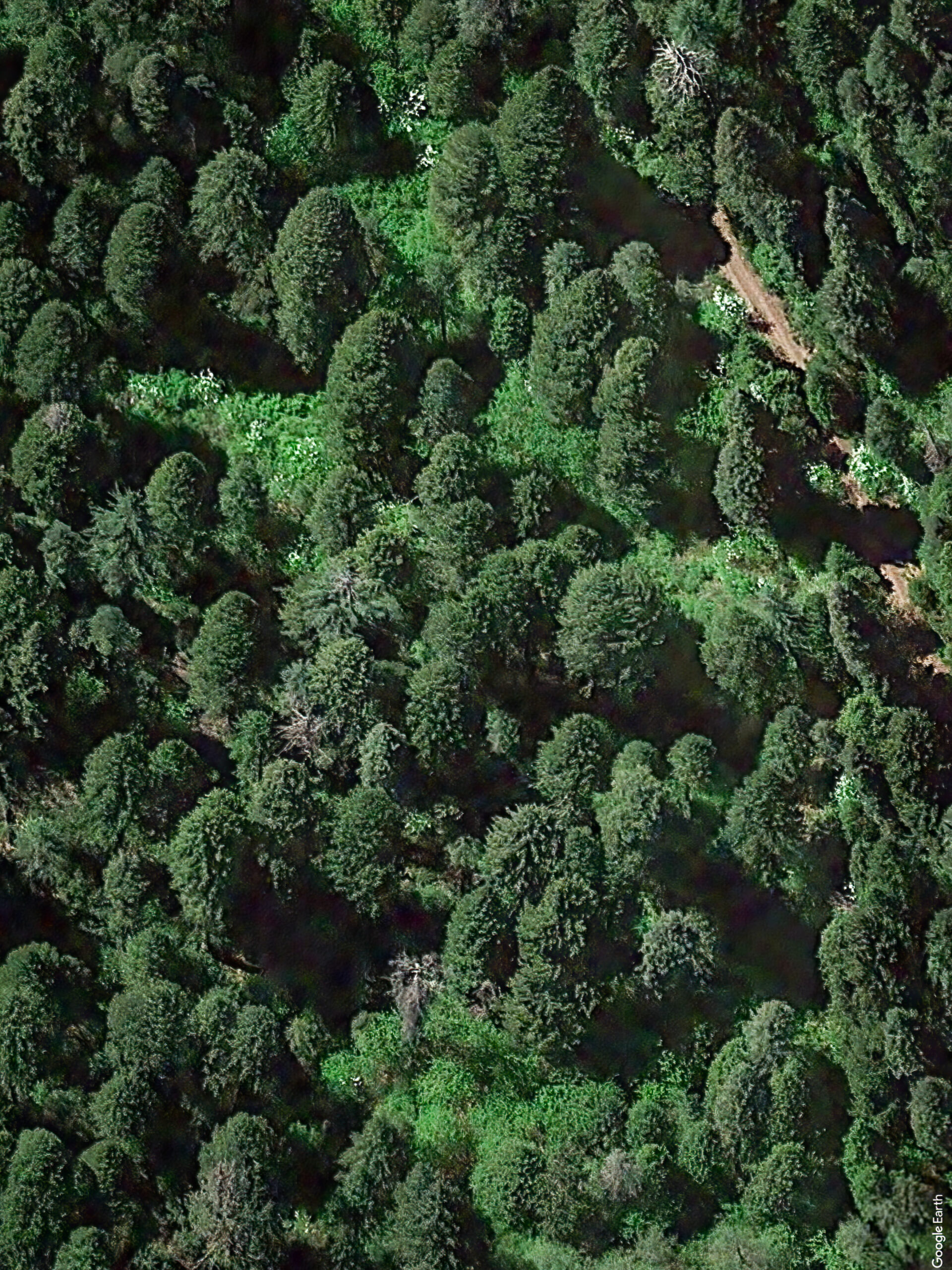
Plaintiffs say “forest thinning” (logging) won’t stop wildfires, and can make them burn hotter and spread faster, reducing evacuation times. By opening dense, shady forests to sunlight and wind, “thinning” dries forests out and heats them up. Yet, contrary to this peer-reviewed science, “wildfire risk reduction” logging—which includes clearcutting fire resistant mature and old-growth trees—is being justified by citing a supposed “overgrown forest” emergency.
Groups say the real emergency is the climate crisis, and damaging globally important carbon stores and sinks exacerbates the problem. Extreme logging is one of the main threats to the integrity of western forest habitats. The biomass industry, which emits more CO2 than coal, has plans for new facilities in Lassen and Tuolumne Counties, posing a serious threat to forests in a 100 mile radius from each facility.

The Plumas National Forest is home to numerous sensitive, threatened, and endangered species. One is the California spotted owl, who needs by dense, old growth and mature forests to survive. In Feb. 2023, the U.S. Fish and Wildlife Service proposed a rule to list the declining Sierra Nevada population of California spotted owl as threatened under the Endangered Species Act. The Central/West Slope portion of the CPP would log or otherwise disturb nearly 80,000 acres located within known spotted owl nesting, foraging and activity areas. To circumvent the Plumas Forest Plan’s protections of mature forest habitat used by California spotted owls, the USFS simply amended the Plan.
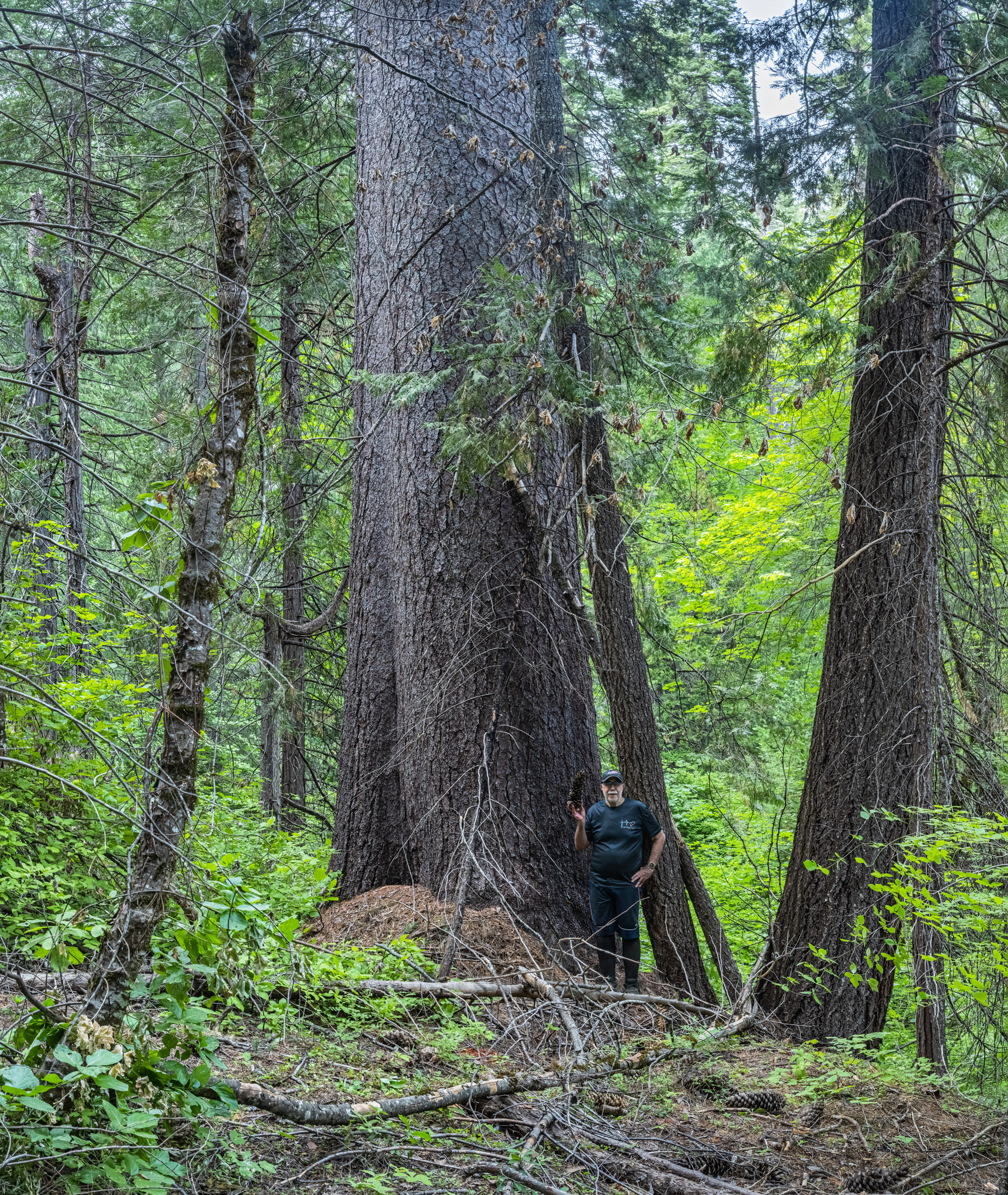
“Climate-driven wildfires require a new approach that puts community hardening, defensible space, and protecting forests first. Industrial logging devastates tourism, biodiversity, climate stability, crucial carbon sinks and turns moist, wild forests and wetlands into windy, damaged and dried out tree plantations, making extreme wildfires more—not less likely. We demand an immediate halt to industrial scale forestry on public lands that puts our climate, wildlife, and rural communities at risk”
####
[1] Plaintiffs detailed that the USFS’ underlying approach to reducing community wildfire risk – based on the assumption that mechanical thinning of vast forest areas distant from communities will stop fires from reaching towns or sufficiently slow fires to allow suppression before they reach communities – proved to be a failure on similar nearby forest lands:
1) Camp Fire of 2018 (which reached and burned the town of Paradise)
2) Dixie Fire of 2021 (which reached and burned the town of Greenville)
3) Caldor Fire of 2021 (which reached and burned the town of Grizzly Flats)
4) North Complex Fire of 2020 (which reached and burned the towns of Berry Creek and Feather Falls)
In support of these comments, Plaintiffs provided detailed maps showing how extensive logging on upwind private and public forest lands prior to each of these four wildfires did not protect human communities or achieve the risk reduction that the USFS claims will occur as a result of similar logging in the Central/West Slope Project.
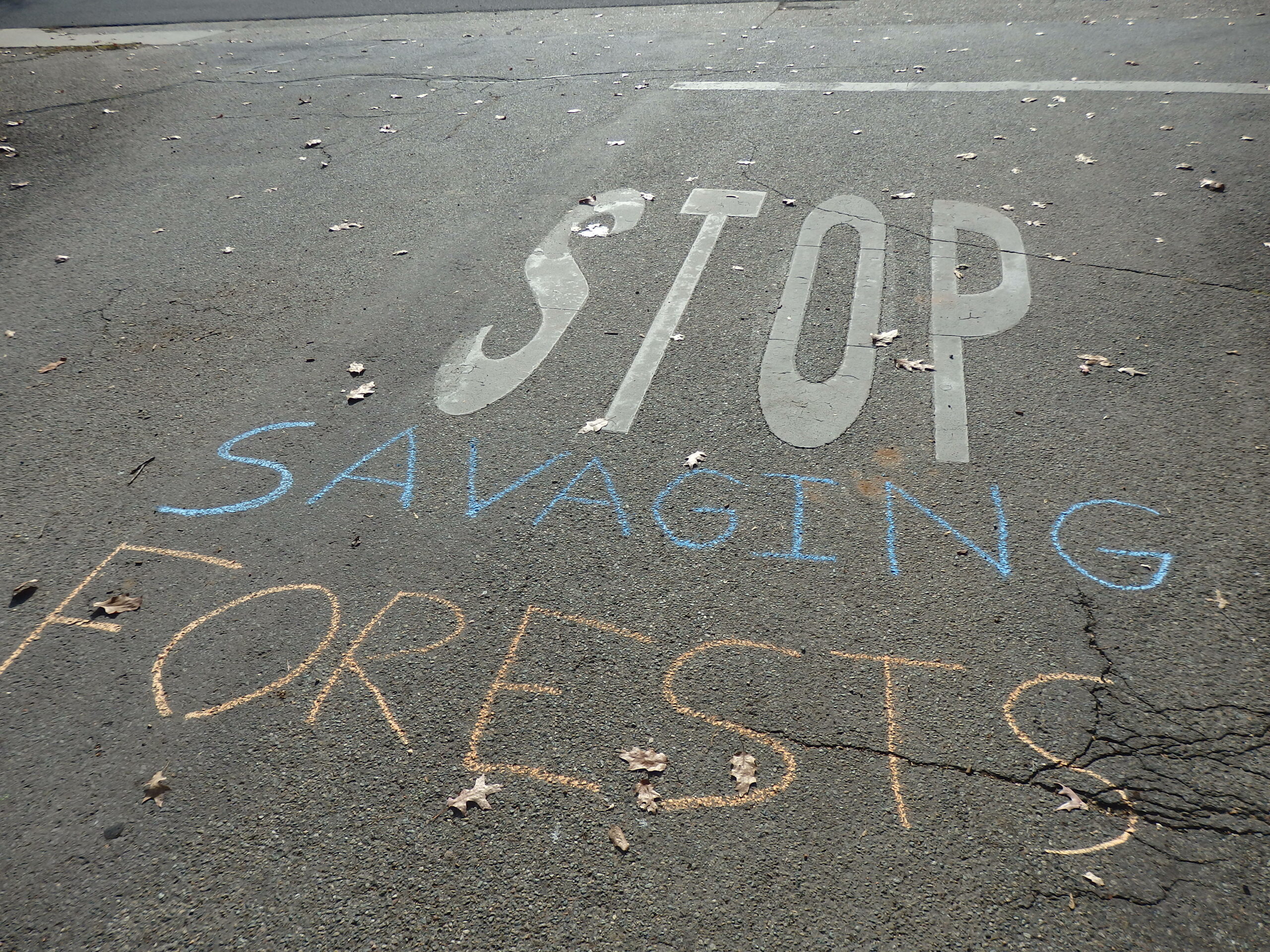
Mid-April Update: Forest Destruction Lawsuit/ Camp/ Day of Action, Copper Mine Comments Due May 8th
Is this photo below (taken along La Porte Rd.) the future of Plumas National Forest? All the beautiful and special habitats we know and love, ground up and sent to a biomass plant and then exported to Asia or Europe as “renewable fuel” — all in the name of “community protection”? How stupid do they think we are?
 We’ve been busy the last several months working to try to understand exactly what the Forest Service is planning in our area. (which is not easy given their secrecy and lack of a single public meeting).
We’ve been busy the last several months working to try to understand exactly what the Forest Service is planning in our area. (which is not easy given their secrecy and lack of a single public meeting).
Our conclusion is that Plumas County residents are not prepared for what is coming. Four hundred square miles of up to 77% clearcuts, widespread herbicide spraying, and the elimination of 80,000 acres of protected spotted owl habitat is coming to our area unless the lawsuit we recently filed with Plumas Forest Project and John Muir Project is successful.
This is not just logging under the guise of fuel reduction, and then the forest will recover. The USFS has plans for permanent conversion of wild forest lands (where you live) to denuded tree plantations, repeatedly doused with toxic herbicides to prevent native shrub growth, and to promote planted tree seedlings. This is almost certain to harm animal and plant (not to mention human) populations in our area.
It is well documented that ecosystems have evolved to survive and even thrive through mixed intensity wildfires, and that fires are in fact rejuvenating for the forest. What forests have not evolved to cope with is herbicide application and industrial logging using heavy equipment in the name of salvage or wildfire protection. The wildfire crisis IS a climate crisis, and “thinning” (AKA logging) forests digs us deeper into dangerous and unpredictable territory.
 Thankfully, resistance is growing. A new group, ‘Lost Sierra Forest Defense’ is planning a Forest Climate Action Camp in Plumas County May 23-29th. A National Day of Forest-Climate Action has been called for May 28th. We’ve been invited to run a workshop during the camp on the specifics of the Plumas Community Destruction Project. Please visit their website, save the date, spread the word, and plan to spend some time this spring enjoying and protecting threatened ancient forests. NO LOGGING OF MATURE OR OLD GROWTH FORESTS IN A CLIMATE CRISIS! (thanks to friends up in OR occupying threatened old growth trees to protest the BLM’s poorly though out ‘Poor Windy’ timber sale).
Thankfully, resistance is growing. A new group, ‘Lost Sierra Forest Defense’ is planning a Forest Climate Action Camp in Plumas County May 23-29th. A National Day of Forest-Climate Action has been called for May 28th. We’ve been invited to run a workshop during the camp on the specifics of the Plumas Community Destruction Project. Please visit their website, save the date, spread the word, and plan to spend some time this spring enjoying and protecting threatened ancient forests. NO LOGGING OF MATURE OR OLD GROWTH FORESTS IN A CLIMATE CRISIS! (thanks to friends up in OR occupying threatened old growth trees to protest the BLM’s poorly though out ‘Poor Windy’ timber sale).
US Copper Corp. Targets Plumas County: Comments Due May 8th
 The other major threat to the Lost Sierra is the proposed open pit copper mine near Greenville. Feather River Watershed Alliance is taking the lead on organizing opposition. Feather River Action! stands in solidarity with FRWA against open pit mining in the watershed, which has predictably disastrous effects. We will not accept Plumas County becoming a “sacrifice zone” for false climate solutions like electric vehicles, which require huge amounts of copper and lithium to manufacture batteries. Please note that comments to the Plumas County Planning Dept. are due May 8th. Visit FRWA’s website to learn more and take action. Direct public comment to traceyferguson@countyofplumas.com.
The other major threat to the Lost Sierra is the proposed open pit copper mine near Greenville. Feather River Watershed Alliance is taking the lead on organizing opposition. Feather River Action! stands in solidarity with FRWA against open pit mining in the watershed, which has predictably disastrous effects. We will not accept Plumas County becoming a “sacrifice zone” for false climate solutions like electric vehicles, which require huge amounts of copper and lithium to manufacture batteries. Please note that comments to the Plumas County Planning Dept. are due May 8th. Visit FRWA’s website to learn more and take action. Direct public comment to traceyferguson@countyofplumas.com.
Thank you for your support, please consider donating or volunteering to support our efforts. If you have friends who would like to stay informed and receive our newsletter, please e-mail us at info@featherriveraction.org
